I was planning on using a UA741CP (from TI) as a differential amplifier (to get a current value from a shunt resistor and then administer that value to the ADC of an MCU to avoid noise). However, I noticed that no matter what I did, the output voltage never seemed to go below 1.78 V (when VCC- is grounded).
I do realize that this op-amp was not specifically designed to be used as a differential amplifier, however, the manufacturer did state in the datasheet that the device was a general purpose op-amp and none of the specs mentioned addressed this characteristic. In addition, -correct me if I'm wrong- I assumed that any op-amp would be suitable as a differential amplifier as long as you bias it properly. (1k resistors on each branch would give an output of Vin1 - Vin2, unity differential gain).
Datasheet for the UA741CP:https://pdf1.alldatasheet.com/datasheet-pdf/view/25580/STMICROELECTRONICS/UA741CP.html

supply: Vcc- = GND Vcc+ = 3.3 V

